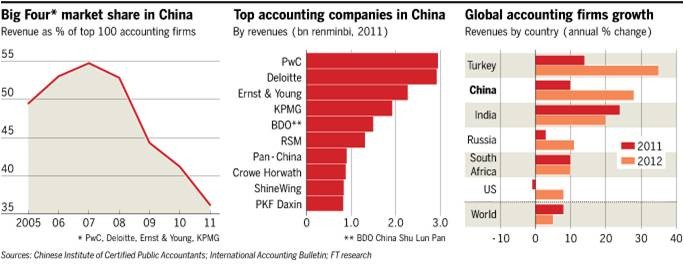Detecting Accounting Manipulation Yahoo Singapore Finance
Post on: 14 Октябрь, 2015 No Comment

There’s more than one way to make financial statements look pristine when earnings season comes around. This article will take a look at two ways in which companies can fool investors, so that you can learn to spot accounting manipulation: one-time charges and investment gains.
Some Background on GAAP
Generally Accepted Accounting Principles is a common set of accounting principles, standards and procedures set out by institutes and boards around the world. GAAP is a combination of authoritative standards and accepted ways of doing accounting.
While GAAP is a good set of standards for companies to follow, it still leaves room for them to distort or pamper figures. The line between reflecting the true value of a company and exaggerating it, is a blurry one for some GAAP techniques. One-time charges and investment gains are examples of such techniques, as they are legal ways to represent figures, but can still have a tendency to fool investors into thinking things are better than they really are.
One-Time Charges
Many high-profile companies have been known to take one-time charges, sometimes known as the big bath. One-time charges are expenses that the company claims will not occur year after year, and, as such, are not recorded on the income statement but included in a separate charge. One-time charges are technically not recurring and therefore not a true factor affecting the value of the company. So, earnings figures calculated with the one-time charges are usually reported separately from the figures on the income statement, such as net income.
Unfortunately, companies sometimes use these charges to bury unfavorable expenses or investments that went wrong, which should be recorded on the income statement, where investors could clearly see the true negative effect on the company’s net income. The problem with a one-time charge is that a company can too easily justify it by claiming that it’s necessary but not a usual part of the company’s operations. But hiding management mistakes in a category of expense that, by definition, does not have a true effect on earnings is a manipulation of the leeway allowed in accounting standards.
This isn’t to say it’s a bad thing every time a company writes down charges. The problem lies with those companies that continually write things down. Firms sometimes use one-time charges to blame previous management for leaving problems. In truth, these charges may be an indication that something is fundamentally wrong with the company. Also, watch out when companies use restructuring charges to improve future earnings and profitability. By taking huge restructuring charges when times are bad, the company reduces depreciation in future periods and ultimately increases income.
What’s an investor to do? These non-recurring, one-time charges should always be viewed with a degree of skepticism. The adjustments should reflect reality. If, for example, the charges are really operating expenses, by all means, include these numbers into the bottom line of a company. If, on the other hand, the company is writing down bad debts, you should question why it is lending money so freely to companies with credit problems — the answer could be vendor financing.
Investment Gains

At the peak of the dotcom boom, when companies were throwing money at anything and everything, a lot of investment gains were showing up on financial statements. This happens whenever things are going well in the markets. An investment gain is definitely better than a loss, but these gains are typically unsteady. Take for example, Intel’s experience. Its investment and interest gains during the second quarter of 2000 were just over $2.3 billion. One year later, in the second quarter of 2001, they sank to a paltry $115 million. Intel’s investment income declined at a faster rate than the Nasdaq, partly thanks to bad investments.
A company’s aims for investment gains can pose another problem: when the company is having trouble meeting earnings expectations, it sometimes becomes consumed with boosting investment income to meet predictions. This can mean that the core operations of the company are left behind. The moral of the story is to not put too much faith into investment gains. Although they may reflect the company’s ability to diversify revenue streams, watch out because these investments can fluctuate widely. These gains flourish when the future looks bright, but shrink when the financial markets head south.
The Bottom Line
Next time you analyze the financial statements of a company, take a close look at the one-time charges and investment gains. Spotting these two accounting tricks can help to tell the whole story behind a company — don’t get fooled into thinking the picture is brighter than it really is.
More From Investopedia














